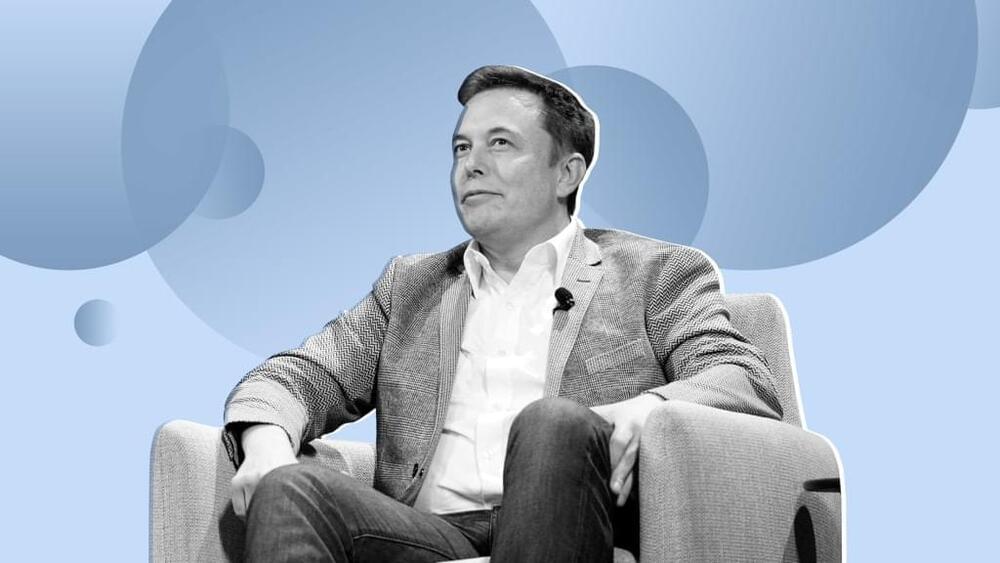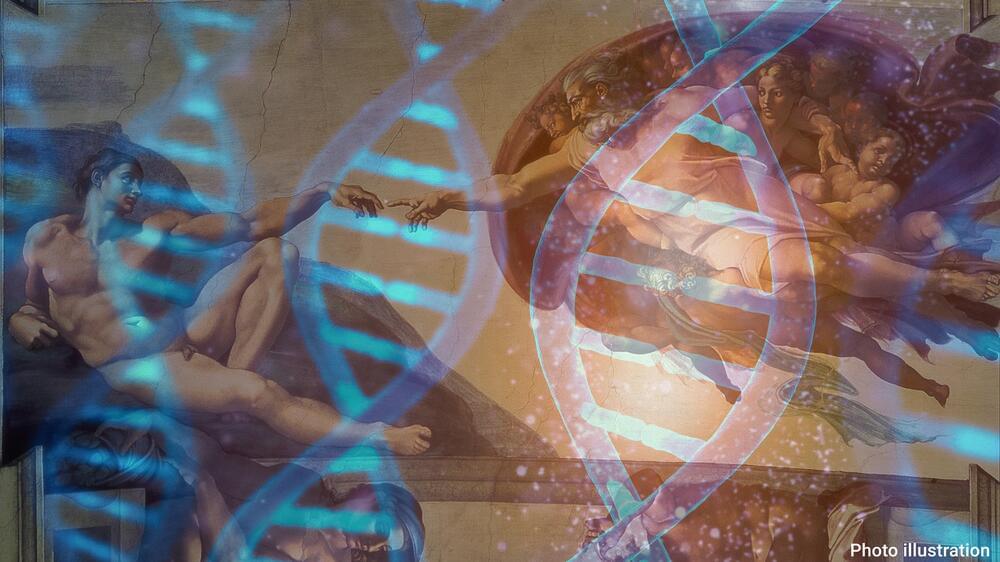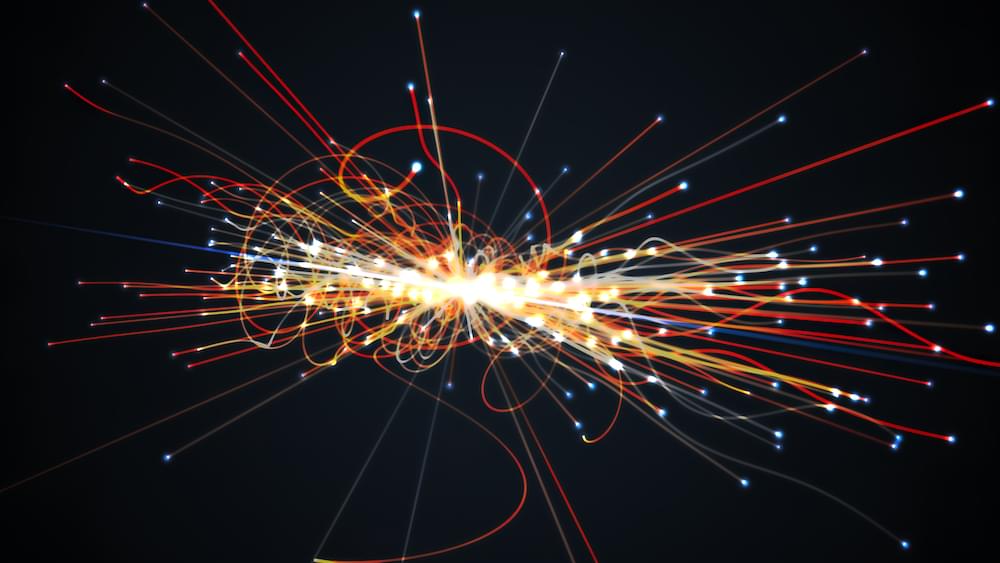Meta, Sony and Apple could reshape the way we think about the metaverse, but they won’t be the only companies working on it.




Some of the churn is transitory. It was hard to act on pent-up job dissatisfaction while economies were in free fall, so there is a post-pandemic backlog of job switches to clear. And more quitting now is not the same as sustained job-hopping later. As Melissa Swift of Mercer, a consultancy, notes, white-collar workers in search of higher purpose will choose a new employer carefully and stay longer.
But there is also reason to believe that higher rates of churn are here to stay. The prevalence of remote working means that more roles are plausible options for more jobseekers. And the pandemic has driven home the precariousness of life at the bottom of the income ladder. Resignation rates are highest in industries, like hospitality, that are full of low-wage workers who have lots of potentially risky face-to-face contact with colleagues and customers.
One conventional solution—identifying a few star performers and bunging them extra money—is not a retention strategy if large chunks of the workforce are thinking differently about their jobs. What should managers be doing?

Many Christians have rejected the scientific theory of evolution in part because they think it rules out the existence of a historical Adam and Eve. Yet some scientists and theologians argue that recent breakthroughs in genetics make a historical Adam and Eve compatible with evolution, and that this development may help bridge what many see as a conflict between faith and science.
“For over 160 years, the societal conflict over evolution has been deep and stubborn. But now, in a surprise twist, evolutionary science is making space for Adam and Eve,” S. Joshua Swamidass, an associate professor at the Washington University School of Medicine in St. Louis, Missouri, told Fox News Digital. “It turns out that the theological questions are about genealogical ancestry, not genetics. In this paradigm shift, we are finding a better way forward, a better story to tell.”
In his book “The Genealogical Adam and Eve: The Surprising Science of Universal Ancestry,” Swamidass argues that genetics and evolutionary theory do not conflict with the existence of Adam and Eve, universal ancestors of all humans whom Jesus died to save.

Automating repetitive tasks with loops and functions.
Many R users get into R programming from a statistics background rather than a programming/software engineering background, having previously used software such as SPSS, Excel etc. As such they may not have an understanding of some of the programming techniques that can be leveraged to improve code. This can include making the code more modular which in turn makes it easier to find and resolve bugs, but also can be used to automate repetitive tasks, such as producing tables and plots etc.
This short post in c ludes some of the basic programming techniques that can be used to improve the quality and maintainability of R scripts. This will also save you a whole lot of time if you are carrying out repetitive tasks that are only marginally different. We assume that you have a basic understanding of writing simple scripts in R.
Let’s start with a simple example. Let’s say we have some data from several different groups. In this case 3 animals (tigers, swans and badgers) and we have collected some data on relating to this (a score and value of some kind).

If the finding really is the result of new fundamental particles then it will finally be the breakthrough that physicists have been yearning for for decades.
When CERN’s gargantuan accelerator, the Large Hadron Collider (LHC), fired up ten years ago, hopes abounded that new particles would soon be discovered that could help us unravel physics’ deepest mysteries. Dark matter, microscopic black holes, and hidden dimensions were just some of the possibilities. But aside from the spectacular discovery of the Higgs boson, the project has failed to yield any clues as to what might lie beyond the standard model of particle physics, our current best theory of the micro-cosmos.
So our new paper from LHCb, one of the four giant LHC experiments, is likely to set physicists’ hearts beating just a little faster. After analyzing trillions of collisions produced over the last decade, we may be seeing evidence of something altogether new – potentially the carrier of a brand new force of nature.
But the excitement is tempered by extreme caution. The standard model has withstood every experimental test thrown at it since it was assembled in the 1970s, so to claim that we’re finally seeing something it can’t explain requires extraordinary evidence.
Construction of a simple HHO generator, made of stainless steel washers and a water bottle. An hydrogen generator, like this one, uses electricity from your a battery to split water into hydrogen and oxygen gasses.

The LCLS-II X-ray laser is 10,000 times brighter than its predecessor and fires 8,000 times faster.
